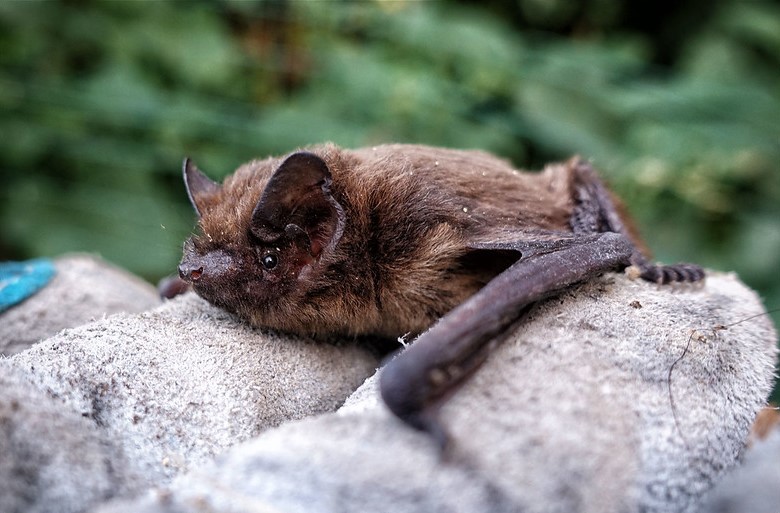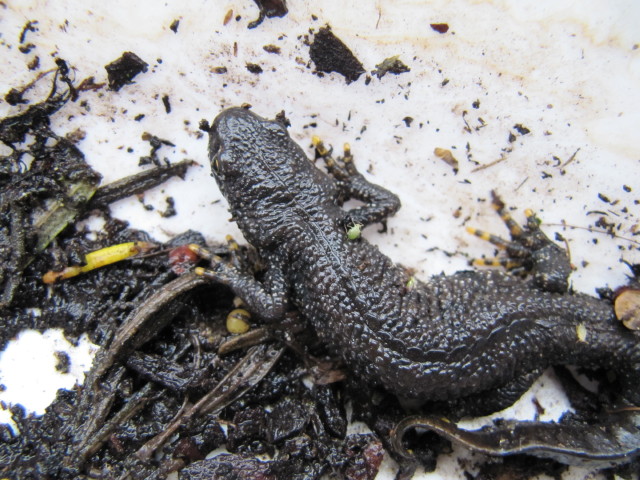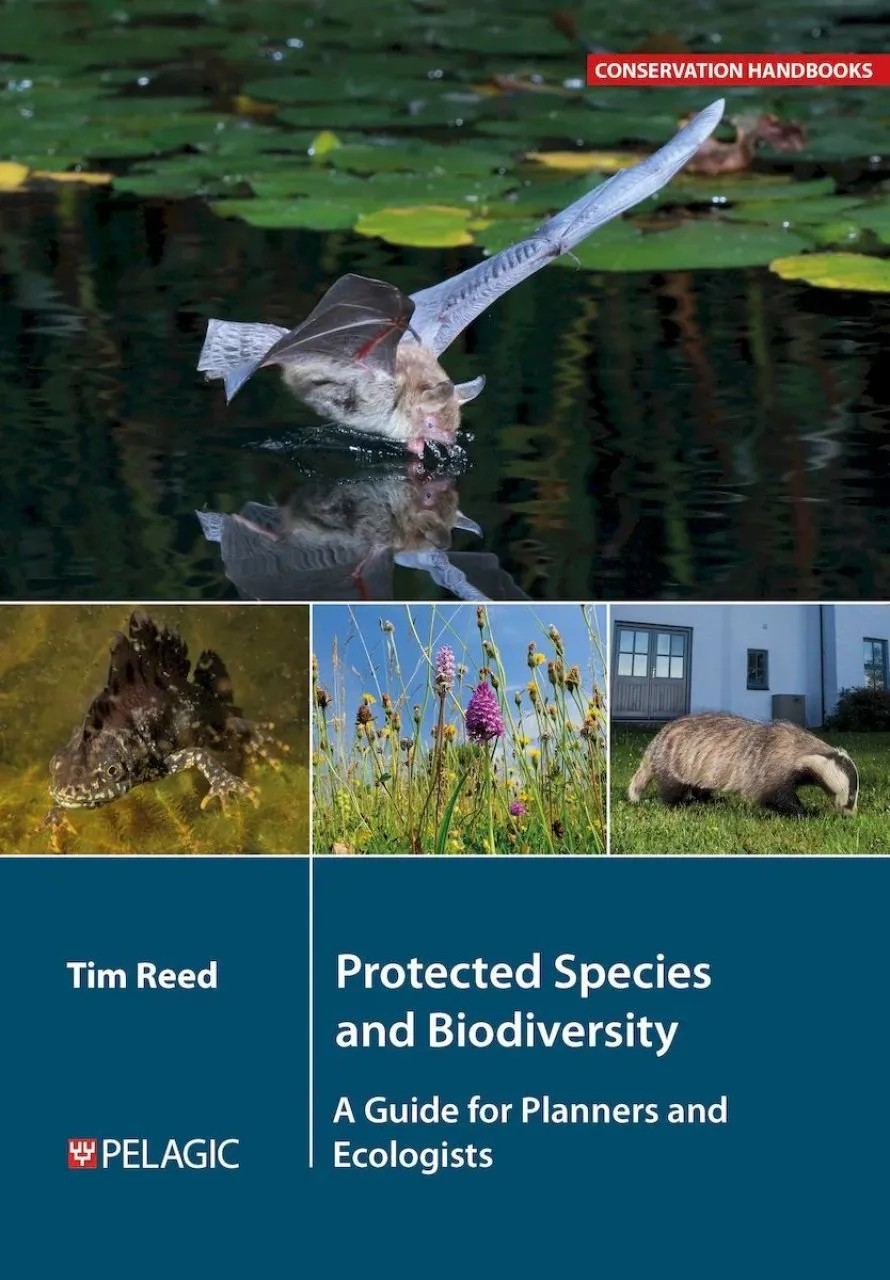Protected Species and Biodiversity: A Guide for Planners and Ecologists is a comprehensive, accessible book that collates every key element required to gather and interpret survey data for protected species.
Progressing through individual species and group tables, and providing information on planning systems, biodiversity, government guidance and its interpretation, how to secure better quality data, biodiversity net gain and more, this guide also codifies what a planner can expect from an ecologist to ensure the effective safeguarding of protected species. As such, it is an essential reference guide for planners and ecological consultants alike.
 Dr. Tim Reed has had a lifelong interest in the use of data quality and survey methods as a basis for credible decision-making by those whose actions influence landscapes and protected areas. This has included developing survey methods for waders on moorland, standardising nature reserve management plan formats, chairing development groups for national-level databases, and collaborating with the EU on data standards for directives. Over the past 20 years, Tim has helped major worldwide corporate companies establish biodiversity as part of their risk-management processes, while also working on public inquiries across the UK.
Dr. Tim Reed has had a lifelong interest in the use of data quality and survey methods as a basis for credible decision-making by those whose actions influence landscapes and protected areas. This has included developing survey methods for waders on moorland, standardising nature reserve management plan formats, chairing development groups for national-level databases, and collaborating with the EU on data standards for directives. Over the past 20 years, Tim has helped major worldwide corporate companies establish biodiversity as part of their risk-management processes, while also working on public inquiries across the UK.
We recently had the opportunity to chat to Tim about what inspired him to write a book aimed at planners and ecologists, how Biodiversity Net Gain (BNG) could potentially affect protected species across the UK, the importance of technological advancements in accurate data collection and more.
Firstly, as someone who has spent most of their career working in planning and sustainable development, what inspired you to write this book?
Years ago, when working on immigration and extinctions in island bird communities, one of the things that impressed, but also worried me, was the extreme variability in the quality of data from year to year. Were the gaps in species records (apparent extinctions) real, or were they due to issues with data collection or recording? Moving onto protected areas and the related planning policy framework, the same problems with data quality surfaced there.
Later, when I began working on planning disputes it was clear that local planning authorities (LPAs) were staffed by good, but often overwhelmed, planners. A series of Association of Local Government Ecologists (ALGE) reports have confirmed this. ALGE reckoned there were issues of capacity (people/time) and competence (often limited specialist knowledge) that stopped LPAs doing what they wanted to do. These remain today.
Looking at the often frankly poor material dumped onto them by would-be developers, it was and is hard for planners to know how to address it, how to find out what’s needed, and where the gaps were and are. Suitable methods had been scattered across journals, books, and specialist documents, and were often hard to fathom. The absence of a recent one-stop synthesis of most of the material needed was the main driver for Protected Species and Biodiversity; trying to fill an acknowledged hole. The fact that Natural England and DEFRA’s guidance for Protected Species left much to be desired was a further problem. The idea of the guide was to try and provide an accessible way of seeing what needed doing. Something that would be suitable for planners, householders and developers’ ecologists alike – and for LPA planners to use and see if what had been claimed by applicants had been done properly, or not.
If the guide works, then the hope is that a better, more informed level of debate can take place. If so, better data will be provided and protected species and biodiversity will be the winners. The core methods section (Chapter 5) is suitable for protected species in England, Wales, Scotland and Northern Ireland.

Biodiversity Net Gain is a recent development in planning and land management. How do you think the introduction of this policy will affect protected species across the UK?
As I try to show in the last bit of the guide, BNG isn’t focused at all on protected species; delivery is still expected through protected species legislation. Yet, there is clearly a hope that BNG will sneak in more of all sorts of species, some of which may be rare or protected. Duffus et al (2024) have neatly shown that the score in the area-condition metric used by BNG isn’t related to either species richness or abundance. Instead, more information is needed, along with species surveys. If so, then they need doing well – and there is a debate to be had on that in the guide too.
This book emphasises the importance of collecting high-quality data for use in planning. As data quality improves, could there be a shift in our understanding of the UK’s condition? And could the true state of the UK’s biodiversity be worse than we initially thought?
Better knowledge, better use of standardised methods, and a better understanding of what the resultant data does or doesn’t mean, along with less use of unverified mitigation techniques: all will help us understand potential impacts of planning proposals on biodiversity a little bit better than we do now.
Better data might well show problems, but could also help in some circumstances by showing that some things are better than we thought, or by waving a flag before it is too late to act. Getting consistently reliable data will allow more meaningful actions at a local and wider scale.

Chapter 5 offers an extensive insight into the data local authorities should collate when conducting an in-depth evaluation of protected species. Did you face any challenges in keeping this section accurate?
Of course things do, and will continue to, change. Even when the first draft of the text was completed there were basic changes in NE/DEFRA guidance that required reappraisals and revisions. The species guidance was equally dynamic. So, yes, it was tricky keeping up to date. The role of the guide is to bring together what we knew at the time of writing in an accessible way. If things change dramatically, there may be a case for a revised version in 5-10 years’ time. But in the meantime, it is there and might as well help people trying to understand what needs doing, or where claims need contesting, and why.
How important do you think technological advancements, such as bioacoustic methods, will play in collecting more accurate data?
Technology is critical in helping us better interpret the environment. For example, I use a range of bat recorders, and recorders have got better, and more efficient with time.
Technological improvements are fine, but they still come with error terms. Knowing and stating the limitations of methods and data are critical to help us understand what we can and can’t do with a set of data. In Public Inquiries, I regularly saw untenable claims relating to bat data that rarely matched the reality of the technology used. Query this, and the case often began to fragment. eDNA has its own issues too. So, yes in principle to advances in technology, but yes also to clear health warnings and stated limitations in any planning submissions that use them.

What do you hope readers and practitioners will take away from your book?
The main message is that good data is key to an informed discussion between developers, opponents and planners. Being able to see what is needed, how it might be done, and why the precepts of BS 42020 (Biodiversity Standard) are core to the process. Openness, transparency and knowing what is needed will help us all – and biodiversity in particular. Poor data, bad methods and doubtful claims won’t help. If this guide helps LPAs pick some of those up, then it was worth writing.
Finally, what is occupying your time at the moment? Are you working on any other projects we can hear about?
Although now largely retired, I continue to write a blog on matters that interest me: serious and whimsical. I’m standing down now from Chairing a Friend’s Group for an island nature reserve. Having written the management plan for the site, the dim and distant origins of the island intrigue me, and there are plans in the pipework for a small book on the history and ecology of the island.
Protected Species and Biodiversity: A Guide for Planners and Ecologists is available from our online bookstore.

